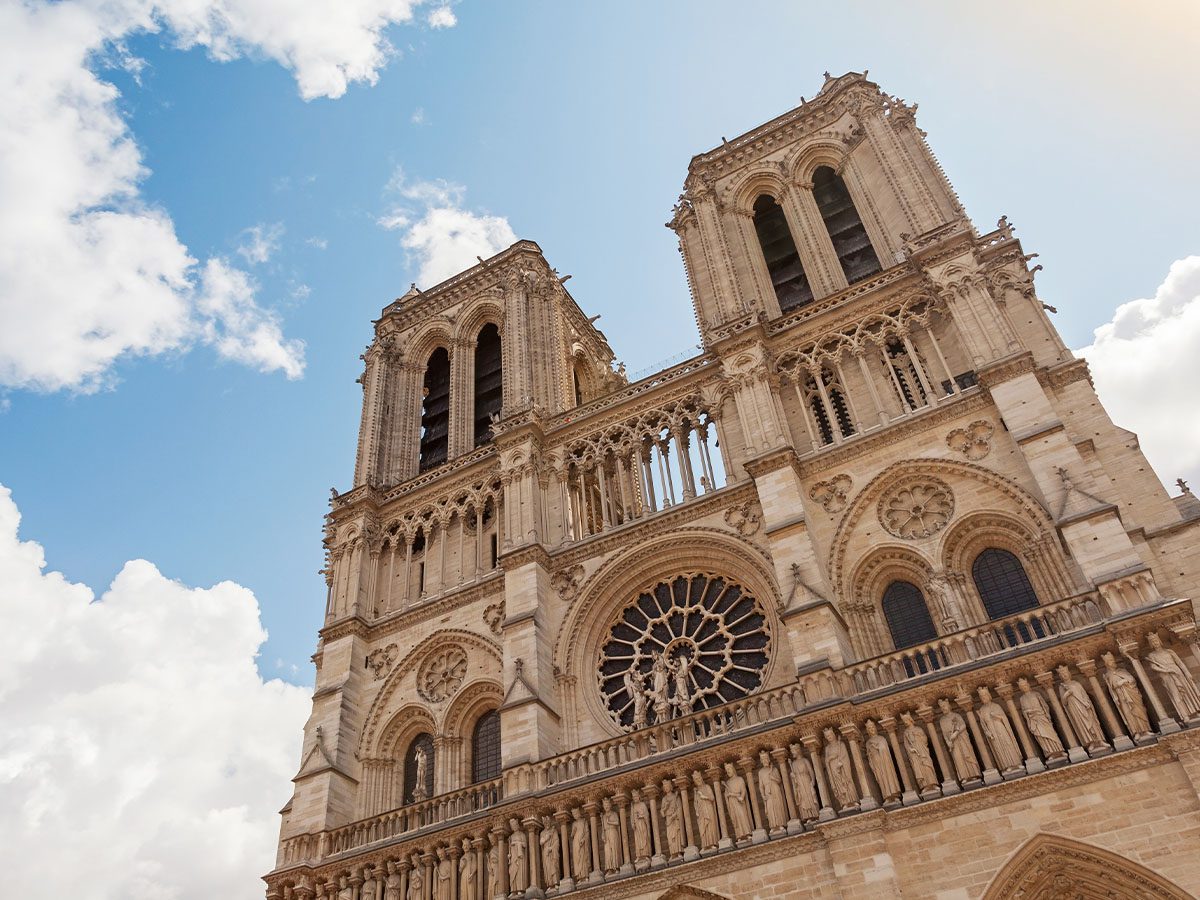
For the first time since the catastrophic fire in 2019, the bells of Notre Dame Cathedral in Paris rang out in harmony, filling the air with a sound rich in history and hope. This chime marked a monumental moment in the restoration of one of the world’s most beloved Christian landmarks, signaling a return to life after years of meticulous work.
The sound of the eight bells, including the grand bell “Gabriel,” echoed across the city on Friday morning, a stirring moment for those who have watched the cathedral’s restoration with hope and anticipation. The bells rang for about five minutes, each joining in one by one until all chimed together, symbolizing unity and resilience after the fire that had ravaged this sacred site. “It’s not perfect yet, but we will make it perfect,” said Alexandre Gougeon, overseeing the bells’ reinstallation. This successful test, Gougeon told *AFP*, was a testament to the skilled efforts and unwavering dedication poured into restoring Notre Dame.
The fire on April 15, 2019, captured global attention as flames engulfed the iconic structure, destroying much of the roof and toppling its famed spire. In the heart of Paris, stunned crowds watched as firefighters worked to save what they could of the 850-year-old cathedral, a UNESCO World Heritage Site and an emblem of Christian heritage. Following the fire, French President Emmanuel Macron pledged that Notre Dame would be rebuilt within five years, a promise that galvanized support and rallied experts to restore the cathedral “even more beautiful” than before.
Over 250 companies and countless artisans, architects, and engineers have worked on the €800 million restoration project, navigating numerous technical challenges and facing setbacks due to the COVID-19 pandemic. Yet, their shared mission to restore the cathedral has now reached a triumphant stage with the completion of the northern belfry.
For those involved, the ringing bells held deep meaning. “We all felt an intense emotion,” expressed Guillaume Normand, the cathedral’s vice-rector. He described the bells as a “signal of joy,” symbolizing the strength and endurance of Notre Dame through centuries of trials. “It’s November 8, and Notre Dame is telling us: ‘I’m here, waiting for you,'” Normand shared, capturing the hope felt by many who have longed to see the cathedral reopened.
The restoration of Notre Dame’s bells required meticulous work to restore them to their original state. Each bell was removed, cleaned, and rid of dust and lead before being returned to its place. Gabriel, the heaviest bell weighing over four tons, and Jean-Marie, the lightest at 800 kilograms, now ring as they did before, their sounds preserved as a testament to centuries of tradition.
As the cathedral nears its reopening, scheduled for December 7 and 8, Parisians and global visitors alike are preparing for a series of special ceremonies celebrating the restoration. Though details of the event are still under wraps, Philippe Jost, who leads the public body managing the restoration, revealed that “great artists of international standing” are expected to take part. Unconfirmed reports hint that Paul McCartney, who will be performing in Paris just days before, may participate in the celebrations, adding to the excitement surrounding the cathedral’s return.
After its reopening, Notre Dame is expected to welcome 14 to 15 million visitors annually, a significant increase from the 12 million it welcomed in 2017. For many, the cathedral represents more than a historic building—it is a symbol of faith, resilience, and hope. The sound of the bells, once again resonating through Paris, reminds the world of Notre Dame’s enduring spirit and the faith that sustained it through darkness and loss.


